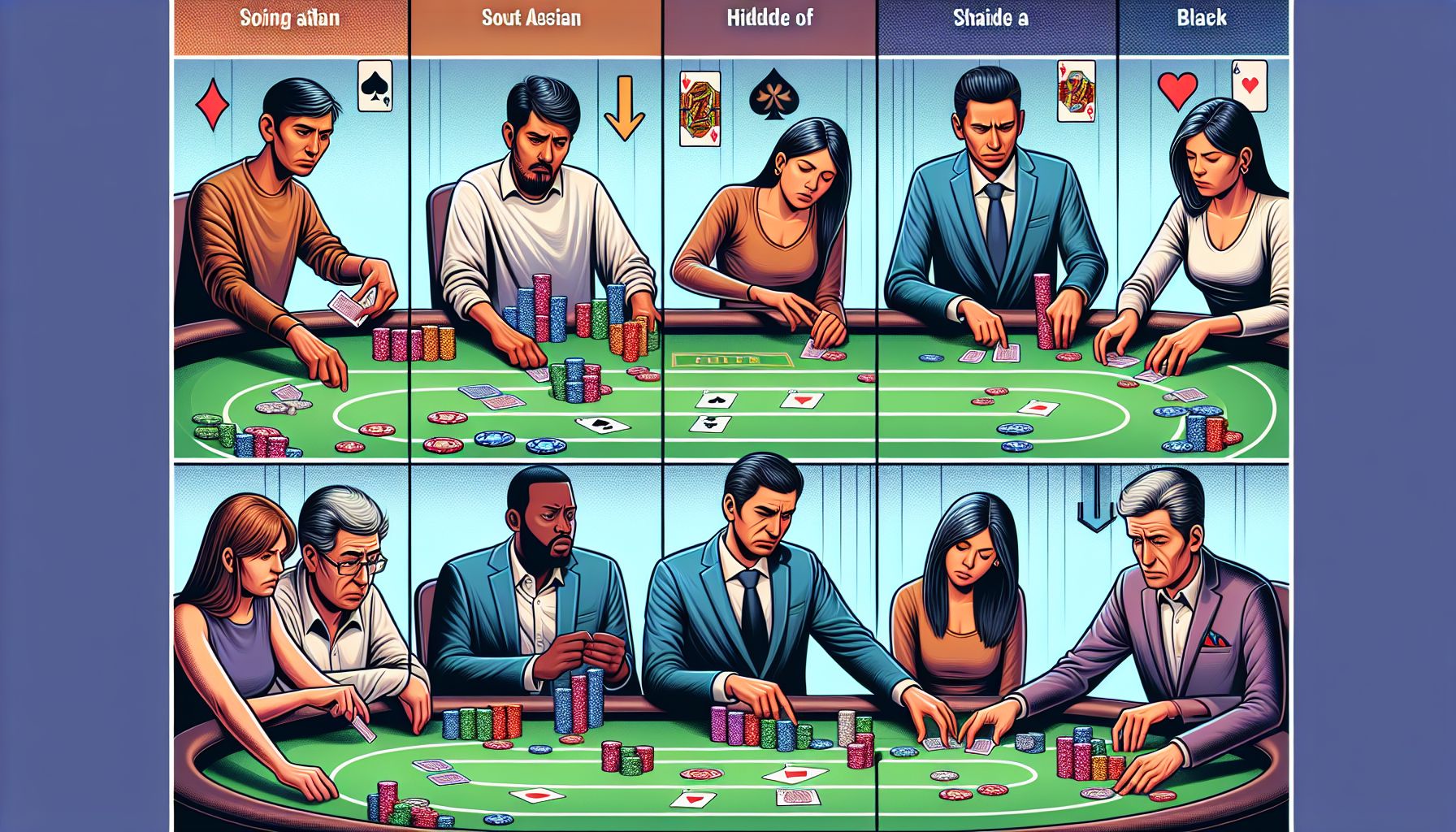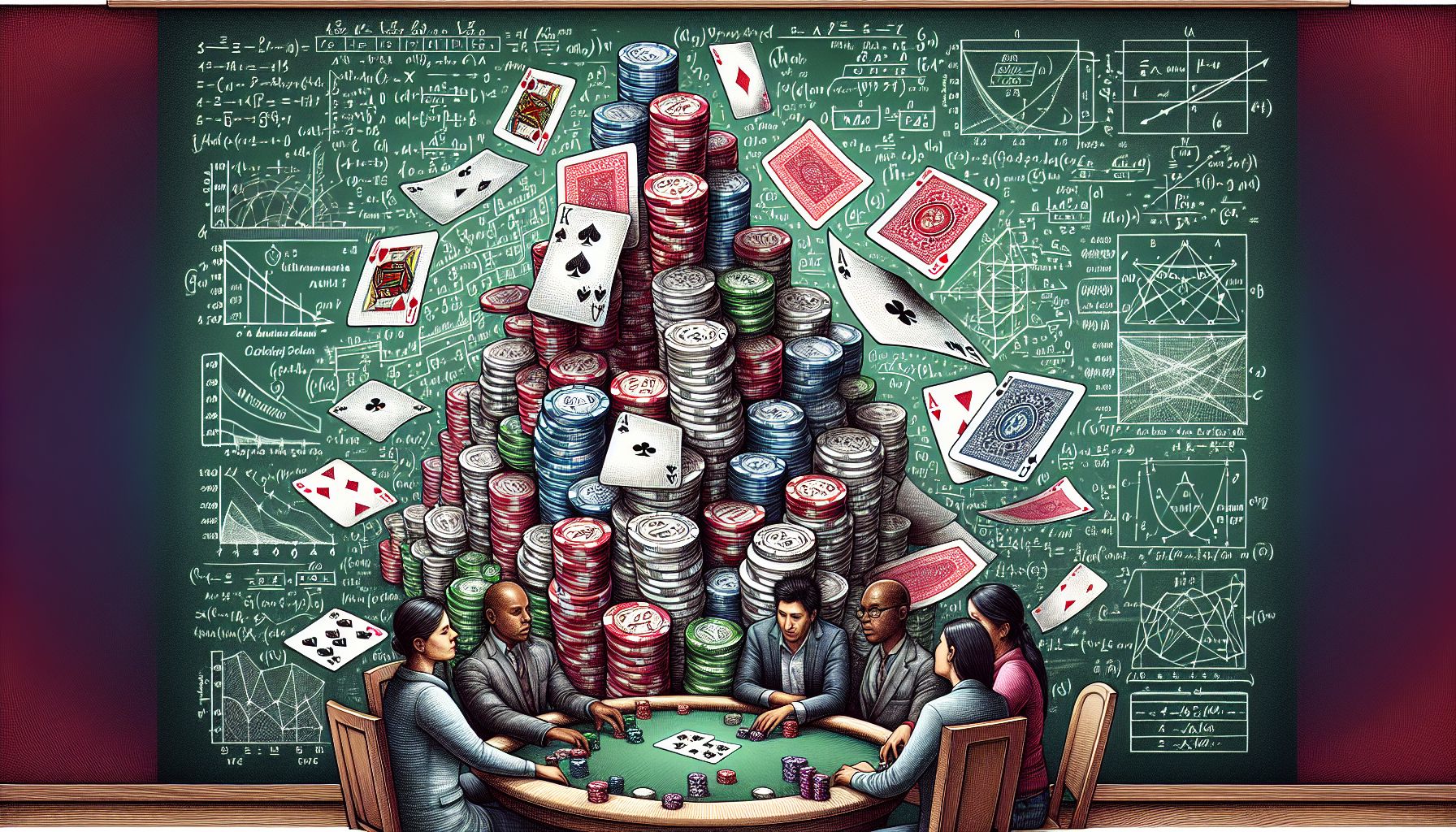Poker tournaments are a thrilling part of the poker world. They can be nerve-racking, Strategies for Every Stage high-stakes events for both professionals and amateur enthusiasts. The key to securing a place on the final table lies not just in your ability to play your cards right, but also in your ability to navigate the different stages of the tournament successfully.
This detailed guide will serve as your roadmap. It will equip you with the necessary strategies for every stage of the tournament and will help you play your best game regardless of what the tournament throws at you.
The Early Stage
The early stage of a poker tournament is a unique and crucial phase of the game. It is at this stage that you must lay the foundation for your entire gameplay.
The first thing to remember when playing in the early stage of a tournament is to remain patient. The temptation to play aggressively during this stage can be overwhelming, especially when there are opportunities to build a large chip stack. However, Strategies for Every Stage patience is key here. There is still a long way to go, and going all-in during this initial stage may risk your tournament life.
Despite this, you shouldn’t let good opportunities pass you by. If you have a strong hand, it’s wise to play it. However, ensure you monitor how others at the table are playing. Observing your opponents’ playing styles will help you identify their tendencies, which can be invaluable information as the tournament progresses.
Lastly, don’t get carried away by the size of your chip stack. While it’s good to look to create early advantages, the early stage is not the time to take on unnecessary risks. Your primary goal at this stage should be to survive and advance to the middle stage with a reasonably healthy chip stack.
The Middle Stage
The middle stage of a poker tournament is when things really start to heat up. The blinds are higher, the weak players are usually gone, and the gameplay turns more aggressive.
During this stage, picking the right battles becomes integral. Recognizing when to fold and when to play is crucial. Remember, preserving your chip stack is still important—don’t let high blinds make you lose sight of this.
Moreover, don’t hesitate to take advantage of players who have become overly tight in an attempt to make it to the late stages. Their defensive gameplay might lead to opportunities for you to steal blinds and pots, Strategies for Every Stage thus improving your position without the need to win significant hands.
At the end of the middle stage, the money bubble usually hits; this is when players are just out of making money. Most players will tighten their game during this time, making it an effective strategy to be aggressive and make the most of their conservative play.
The Late Stage
The late stage of a poker tournament is a high-pressure phase. This is when being in the money becomes a reality for players left at the tables.
The best strategy during the late stage is to stay flexible. The dynamics of the game are continuously changing; you need to adapt your gameplay accordingly.
Your chip count plays a significant role at this stage. If you have a short stack, be ready to push all-in when you have a strong hand—there’s not much room left for careful maneuvers. If you’re a chip leader, however, you have the luxury to apply pressure on the short and medium stacks.
Remember, your goal here is not merely to make it into the money or advance to the final table, but to secure a spot that can lead you towards victory. It’s at this stage there is a more considerable reward for a more aggressive approach.
The Final Stage
Welcome to the final table—the stage most poker enthusiasts dream about. While reaching the final table is an achievement in itself, this exciting stage calls for more skill, patience, and strategic play than ever before.
Your stack size continues to play a pivotal role at this stage. If you have a smaller stack, you’ll have to choose your battles wisely. Going up against bigger stacks with mediocre hands isn’t advisable. When holding a big stack, use your chips to your advantage. Make the others feel the pressure of your chip count but avoid unnecessary confrontations with the other big stacks.
Take the time to reassess your opponents at the final table. How they play might have changed drastically from previous stages, so be ready to adapt your strategies accordingly.
Finally, remember that the final few positions often represent a significant pay jump. So, make your moves carefully and strategically.
Conclusion
In the fast-paced, competitive world of poker tournaments, knowing how to navigate each stage of the tournament can ultimately mean the difference between a first-round exit and a spot at the final table. From the early stages right through to the final showdown, the right strategies can keep you afloat and place you in a strong position to win.
Mastering tournament poker requires a blend of skill, strategy, and a dash of luck. While this guide equips you with actionable strategies for each stage of a tournament, remember that poker is a game of continuous learning. So keep playing, keep learning, and keep getting better—you never know when you might find yourself at the final table!
To quote the wisdom of the legendary poker player, Doyle Brunson: “Poker is a game of people… It’s not the hand I hold, it’s the people I play with.”
Happy Playing!




